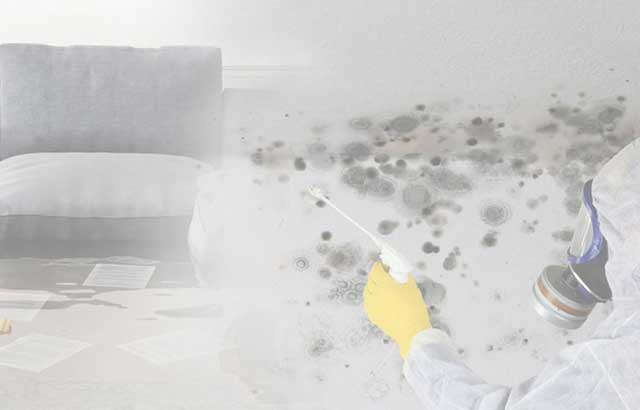Listed here down the page you will discover lots of dependable insights pertaining to Common Causes of Water Damage in a Bathroom.

The shower room is extremely at risk for damp accumulation and also potential water damages because of the frequent use water in it. This short article supplies basic inspection strategies to help finding water damage threats.
The regular use of water in the shower room makes it extremely prone for moist build-up and possible water damage. By checking it regularly, you can minimize water relevant damages.
The complying with set of assessments is easy to carry out as well as should be done when in every 3 months in order to keep your shower room healthy and to stop potential water problems caused by the tub, the shower, pipeline joints and plumbing, sinks, cupboards, and also the bathroom
Do not forget carrying out these assessments and also be comprehensive while executing them. Keep in mind that these easy evaluations can conserve you a lot of money by supplying very early indications for water damage
Bath tub and Shower
The shower as well as tub call for special interest and also upkeep. Check the ceramic tiles as well as change if cracked. Ensure that there is no missing cement in between the tiles. Examine as well as change cracked caulking at joints where the walls meet the flooring or the bath tub. Clogged drains as well as pipelines troubles will certainly avoid the tub from drying and also might indicate significant problems under the bath tub. Talk to a professional quickly to avoid structural damages. Take note of stainings or soft locations around the bathtub wall surfaces as they may show an interior leakage.
Plumbing
Signs for water damage are hard to find since a lot of pipes are mounted inside the walls.
Pay unique attention to floor covering and wall surfaces moisture and also stains as they might indicate an unseen plumbing trouble. Inspect dampness levels in adjoining areas as well.
Sinks as well as Cabinets
Sinks as well as closets are exposed to wetness and also humidity daily as well as are often neglected. Examine consistently under the sink and on the countertop over it. Fix any drip in the trap as it may recommend drainpipe problems. Take a look around the sink, slow draining pipes might show a blocked drain. Replace sink seals if they are split or loosened.
The Toilet
The toilet is a susceptible water joint. Examine the water lines and also search for leaks around the bathroom seat, in the pipe, and also under the water container. If you detect any type of indications of wetness on the flooring around the commode, look for leaks in the toilet rim and container seals.
Be aware that hanging toilet bowl deodorants enhances the possibilities for blockages.
Water Damage Signs In The Bathroom To Avoid Cleanup
Musty smell
This is one of the easiest signs to catch because musty smells are so odorous. The damp, earthy, moldy smell should be a big red flag. The smell will develop when moisture gets trapped in surfaces, and begins to facilitate mold growth. Leaking pipes under cabinets, inside walls, and behind shower fixtures will cause moisture to stay trapped and not dry, which will lead to mold growth and spread. As soon as you notice any musty smells in your bathroom, have it checked for hidden water damage and cleanup signs.
Visible mold
If the smell isn’t there to give it away, sometimes you will actually see mold growth. Finding mold in your bathroom is a serious problem, because mold is very harmful to your health. By the time mold growth is visible, it also means that water damage has already occurred and been present for some time. The only way the mold problem can be resolved is to find the source of the moisture and get it stopped. To safely and adequately remove mold, you need to have professionals handle the remediation. Do not waste any time in getting mold problems addressed, fixed, and sanitized so that you can protect you and your family from the many respiratory symptoms caused by mold exposure.
Damaged floors
Bathroom floors should be able to withstand some exposure to water while still remaining in good condition. However, when excess exposure or water leaks occur, they will begin to damage even the most water-resistant flooring. If you notice any cracking, bubbling, staining, or warping on your bathroom floors, there is probably a water leak somewhere causing the distortion. If you notice areas of the floor have become softer, or even have a spongy feeling, there is probably damage to the subfloor. Subflooring is typically made up of plywood. When plywood is exposed to water or moisture, it will absorb it. Once it has become saturated, the weight of the excess water will cause the wood to swell and soften. Check the floors in your bathroom frequently to catch any of these sings before they lead to damaged subflooring.
Changes on walls
When water leaks behind walls, it will cause changes in the drywall. Peeling plaster, blistering paint, and soggy wallpaper are all good indicators that excess water is building up behind the wall. Water leaking behind drywall will cause it to swell and be soft to the tough. If you start to notice gaps along the trim of your walls, or where tile meets the wall, it could also be a strong indicator that there is a leak behind the wall. Any changes, distortion, or damage on the walls should be evaluated as soon as you notice it to prevent further water damage and cleanup.

We had been guided to that write-up about How to Fix a Water Damage Bathroom from a good friend on our other web blog. Please set aside a second to distribute this article if you enjoyed it. Thanks for your time. Visit us again soon.
Request Appointment